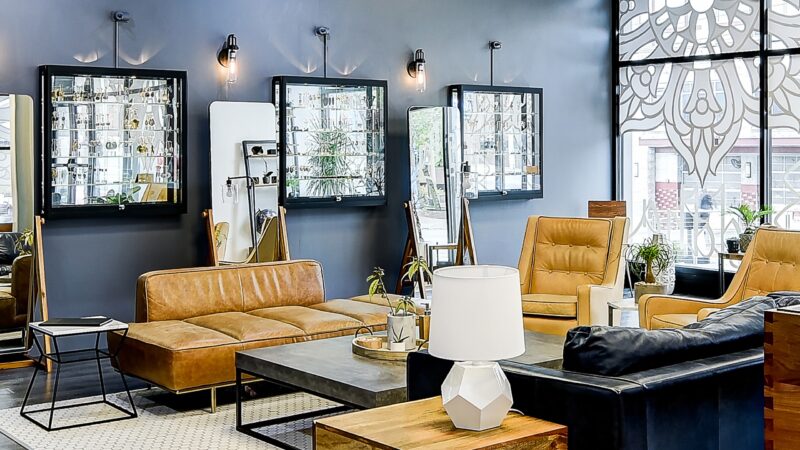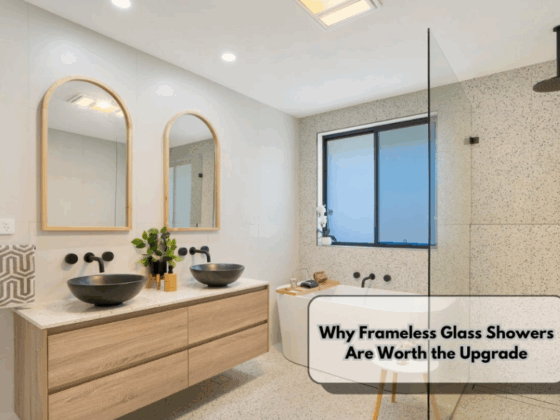When space is limited and comfort is non-negotiable, few do it better than boutique hotels.
These spaces are designed to impress in seconds, soothe over days, and function with absolute precision.
For homeowners, especially those working with modest square footage, boutique design offers a blueprint for how to maximize comfort without sacrificing style.
Here’s what boutique stays get right, and how you can apply it at home.
So what can homeowners learn from these high-performing spaces?
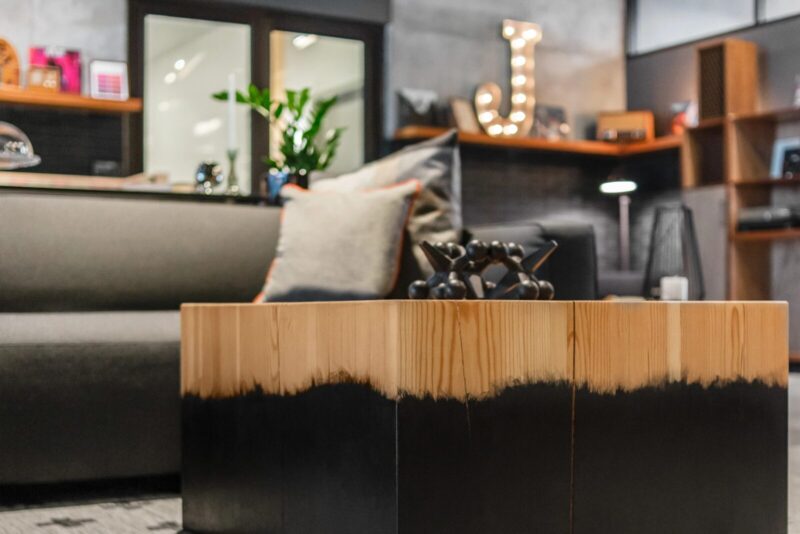
The answer lies in design discipline, and applying a few key strategies that turn even the smallest homes into thoughtfully curated retreats. Here’s what boutique hotels get right, and how to bring those lessons into your own home.
1. Prioritize Layout, Not Size
Boutique hotels excel at making small rooms feel spacious. The secret? Intentional flow.
How to apply it:
- Float furniture (don’t push everything to the walls).
- Leave clear walking paths (at least 3 feet wide).
- Group items in “zones”: a reading nook, a sleeping area, a workspace, even in a studio.
Even small spaces can feel luxurious, as proven by carefully curated boutique stays like this one in Tbilisi, which balance elegance with personality using lighting, color, and texture.
2. Use Texture Over Excess
Instead of clutter, boutique interiors lean on visual and tactile texture to create depth.
How to apply it:
- Mix materials: linen curtains, velvet pillows, matte ceramics.
- Add one standout tactile piece, like a chunky knit throw or tufted ottoman.
- Layer rugs over hardwood or tile for warmth.
Pro tip: Neutrals with varied textures are often more impactful than bold colors with none.
3. Design Around Lighting

Lighting in boutique spaces is layered and intentional, no single overhead bulb. It’s ambient, task-specific, and atmospheric.
How to apply it:
- Use 3+ light sources in each room: floor lamp, sconce, and pendant or table lamp.
- Choose warm white bulbs (2700K–3000K) for a cozy glow.
- Install dimmers to instantly make a room feel more high-end.
4. Invest in Fewer, Better Items
Boutique hotels don’t overload the room. Instead, they focus on fewer, higher-quality pieces that anchor the space.
How to apply it:
- Replace three cheap chairs with one great lounge chair.
- Choose solid wood over veneer, ceramic over plastic, and cotton over synthetic.
- Edit your decor, ask: “Does this serve a function or elevate the space?”
5. Built-In Personality
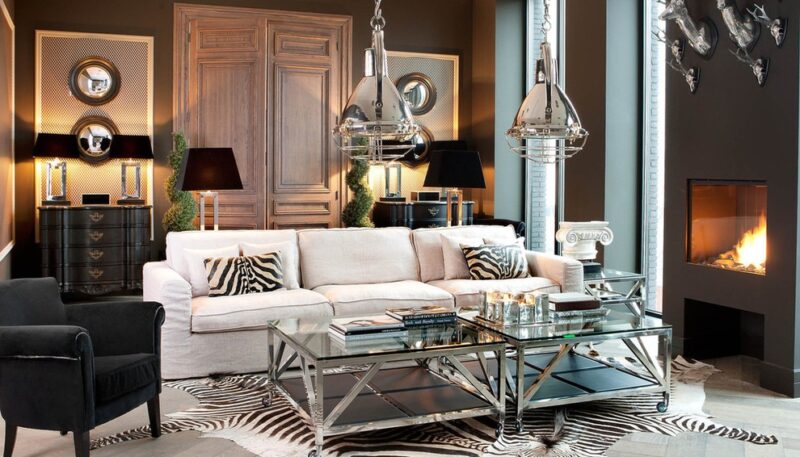
Unlike generic hotel chains, boutique hotels often reflect local culture, art, and design sensibilities. It’s why they feel memorable.
How to apply it:
- Incorporate personal items with intention: books, framed photos, local artwork.
- Use regional textiles or crafts in small doses.
- Curate, not decorate, your shelves.
Rule of thumb: If it has a story, it belongs. If it’s filler, rethink it.
6. Create Ritual Zones
Boutique spaces make room for habits, tea stations, reading corners, vanity nooks, however small.
How to apply it:
- Add a tray with essentials near your entryway or bed.
- Turn a corner into a mini-library or coffee station.
- Carve out one calming space for daily rituals.
Takeaway: Form Follows Feeling
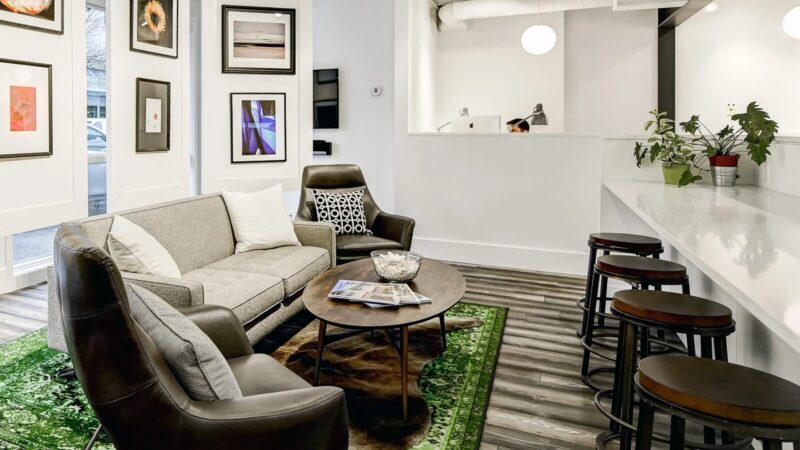
Great boutique design starts with a feeling: calm, coziness, invitation. Every design decision follows that goal.
You don’t need to replicate a hotel room, but you can adopt its design logic: optimize space, reduce noise (visual and actual), and focus on comfort with character.
